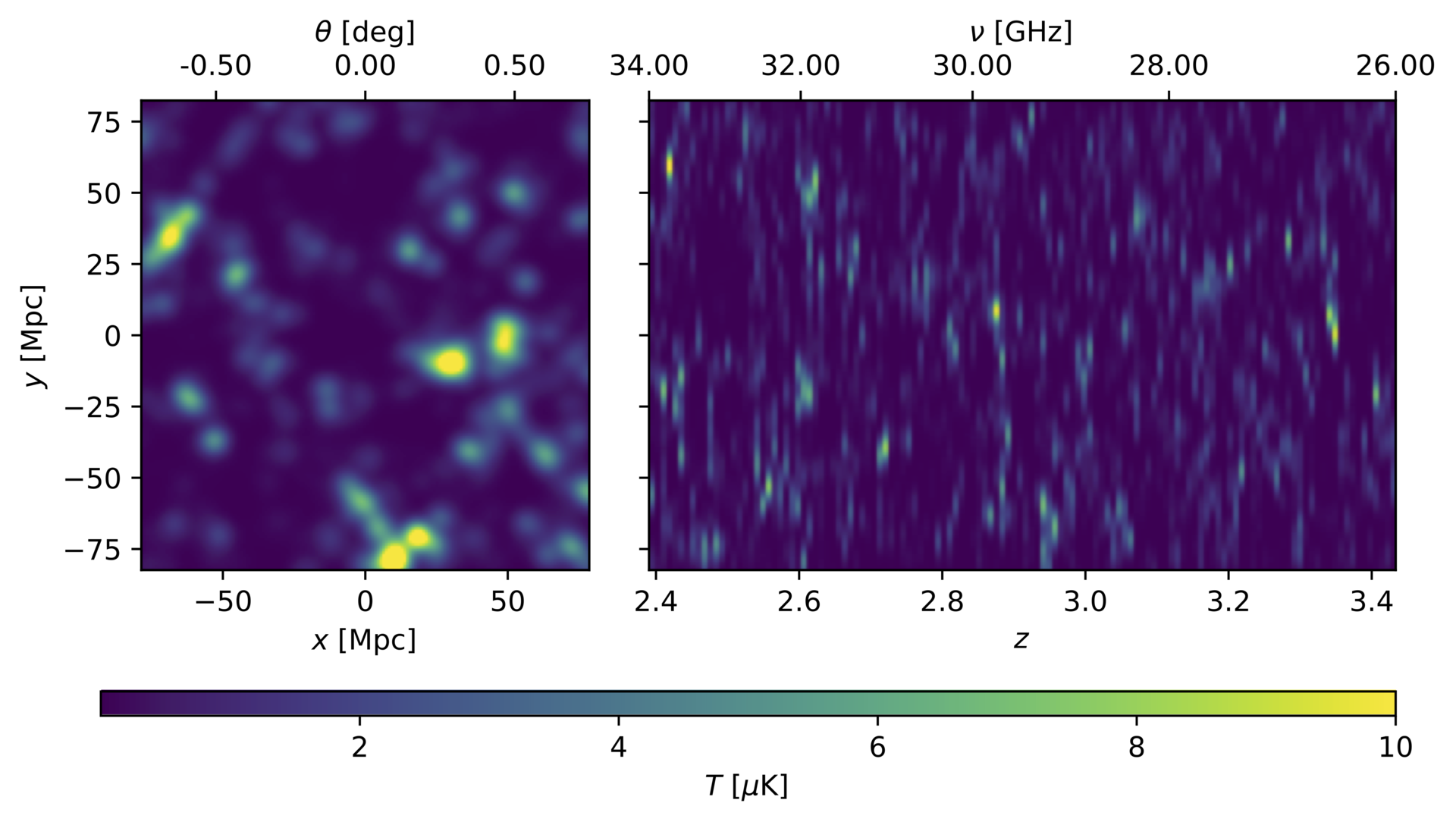
Disputas avholdes digitalt ved bruk av Zoom. Verten av Zoom-møtet vil moderere det tekniske
mens disputasleder moderer disputasen.
Ex auditorio-spørsmål: Disputasleder inviterer til ex auditorio-spørsmål, og disse kan foretas enten skriftlig eller muntlig ved å trykke på "Participants -> Raise hand".
-
Delta på disputasen
Møtet åpnes for deltakelse like før disputasen starter, og stenger for nye deltakere omtrent 15 minutter etter at disputasen har startet.
Prøveforelesning
"The first image of a Black Hole, the M87 shadow"
Videoopptaket av prøveforelesningen vil være tilgjengelig her fra 27.04.21 - 30.04.21
Kreeringssammendrag
Grundig og robust dataanalyse er avgjørende for å møte utfordringene i moderne observasjonell kosmologi. Avhandlingen diskuterer dataanalyse-metoder og resultater fra to kosmologiske prosjekter, COMAP og BeyondPlanck.
Hovedfunn
In the developing field of line intensity mapping (LIM), an approach to measuring spectral line emission from various atoms and molecules in the early universe, we are typically in a situation where we want to measure a weak signal, but our measurements contain large amounts of noise, contamination from other astrophysical sources (called foregrounds) and instrumental errors and biases (called systematics). A similar situation arises in the search for the imprint of primordial gravitational waves in the Cosmic Microwave Background (CMB).
In this thesis I outline an attempt at dealing with these problems in the context of COMAP (CO Mapping Array Pathfinder), a LIM experiment targeting line emission from carbon monoxide from star forming regions in the early universe. We discuss how to go from the raw data measured by the telescope, to robust estimates of the signal, as well as how we can use the measured signal to understand the properties of the universe. Our preliminary results show that, while we have not detected the signal yet, we are successfully suppressing all systematics, and hope to achieve a detection within a few years.
I also discuss the BeyondPlanck project, an ambitious project to develop an end-to-end Bayesian data analysis pipeline for CMB experiments, where I worked on noise estimation, systematics and calibration.
